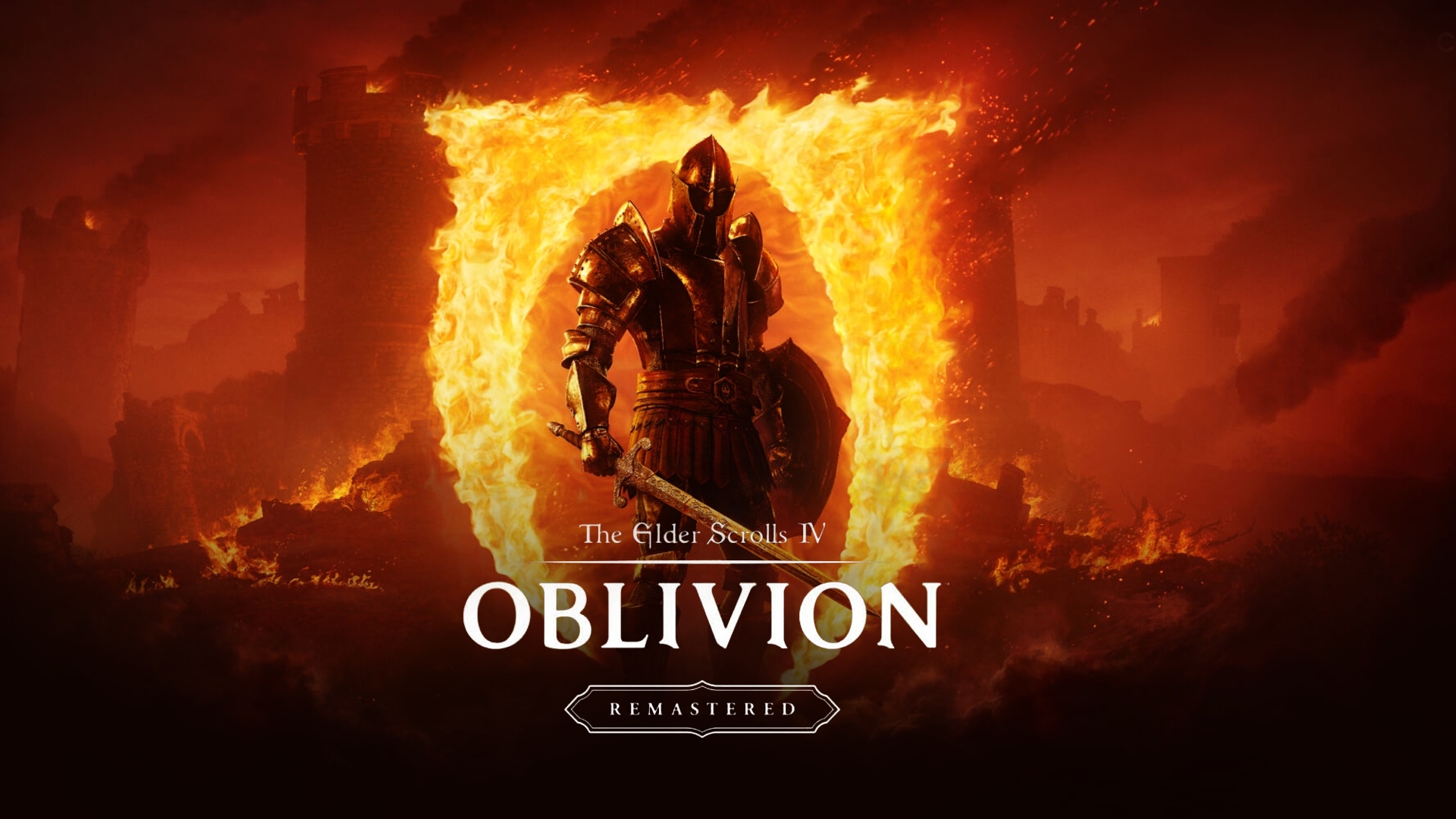The Elder Scrolls IV: Oblivion Remastered Review

“The Elder Scrolls IV: Oblivion Remastered – A Legendary Comeback or Just Nostalgia? 🎮🔥”
The Elder Scrolls IV: Oblivion Remastered dropped on us suddenly (a surprise Shadow Drop) and brought us back to the magical world of Cyrodiil almost 20 years after the original 2006 release. This game is considered one of the RPG classics, so the news that it returned with enhanced graphics was extremely exciting for fans. Bethesda, in collaboration with Virtuos Studio, delivered this remastered version, blending two elements: a stunning modern look using Unreal Engine 5 while keeping the soul of the original game intact.
But did this remaster really make us feel the same wonder we felt when we first played Oblivion? Were the changes enough to make it feel like a modern game, or are the signs of aging still there? Let’s find out!

Story
Oblivion Remastered’s story remains the same as the original game, set in the Empire of Tamriel, specifically in the massive province of Cyrodiil. The game starts with your character in prison, and suddenly, Emperor Uriel Septim passes through your cell while fleeing an assassination attempt. Events escalate quickly: the Emperor is killed by a radical group called Mythic Dawn, and you find yourself tasked with a crucial mission—to find the lost heir to the throne and prevent the forces of evil from opening the “Oblivion Gates” and invading the world.
The main plot is pretty straightforward: save the world from a demonic invasion and close the Oblivion Gates scattered across the kingdom. Maybe the story itself isn’t the deepest in RPG history, but what makes Oblivion truly special is its open world filled with exciting side quests and random events. The game still preserves those epic moments, keeping the nostalgia alive and strong.
In terms of voice acting, the remaster preserved most of the original voices, meaning you’ll hear those iconic lines you remember, like Wes Johnson’s legendary performances across city guards and many NPCs. Some characters have newly recorded lines, but the majority sound exactly like they did back in the day, which helps preserve the original spirit of the game.

Gameplay
The gameplay in Oblivion Remastered is a charming blend of old and new. The developers focused on fixing and improving many parts of the 2006 gameplay without changing the game’s original identity.
Combat has been slightly upgraded: there are new attack animations for swords and weapons, bow shooting feels easier, and enemies now react more realistically to hits. They finally added a sprint button to help with movement in battles and exploration. Combined with a smoother third-person camera, movement feels much better now.
These changes improve the old combat but don’t fully modernize it. Melee still feels rough and repetitive at times—blocking, stepping back, and striking over and over. The old flaw that Oblivion’s combat wasn’t super exciting still lingers, but at least now you have more ways to fight boredom: use a sword, switch to a bow, cast magic, or summon creatures to fight for you!
The leveling system has been improved too. Originally, focusing only on your main skills could make enemies scale unfairly fast, making survival tough. In the remaster, every skill you improve helps level up your character, similar to Skyrim’s system. This gives players more freedom to develop characters without being punished.
Building a wrong character that gets stuck in levels (Soft-lock) is now much harder to happen thanks to these tweaks. It’s a smoother experience for new players while still keeping that classic RPG flavor where specialization matters.
Exploration in Cyrodiil still feels magical, full of cities, caves, and dungeons. Although world design and side quests didn’t change much, that’s actually a good thing because Oblivion’s world was already rich and packed with stories. Even funny glitches and weird NPC behaviors from the old game remain, adding to the nostalgic charm.

Graphics
The biggest change in Oblivion Remastered is definitely the graphics. It looks stunning for a remaster of a classic open-world game—possibly Bethesda’s best-looking game ever thanks to Unreal Engine 5.
Dynamic lighting, vivid skies, and realistic environmental details make Cyrodiil feel alive and magical. It feels like a full remake at times, not just a simple remaster. The original world and character designs are preserved but enhanced with beautiful modern visuals.
Character models are also redone: faces have more realistic details like beards, wrinkles, and skin textures. Yet, somehow, characters still look charmingly weird—exactly as fans remember! Their funny facial animations still create hilarious moments, preserving the heart and soul of the original Oblivion.
Every visual element got major upgrades: lighting, water, weather, day/night cycles, and the terrifying Oblivion Gates. Cities like the Imperial City look more beautiful and alive than ever. Even the menus and UI were updated while keeping the classic world map design for maximum nostalgia.

Final Verdict
9.5/10
Oblivion Remastered is a love letter to fans who lived through Cyrodiil’s magic years ago, and it offers a beautiful opportunity for new players to experience one of the greatest RPG adventures ever made. It keeps the original magic alive with all its charm and flaws, wrapping it beautifully with modern upgrades.
Sure, not everything is perfect, and some gameplay elements still feel old, but this remaster succeeds in honoring the classic instead of trying to “fix” it too much. It proudly presents Oblivion exactly how we loved it… just dressed up for the new generation.


